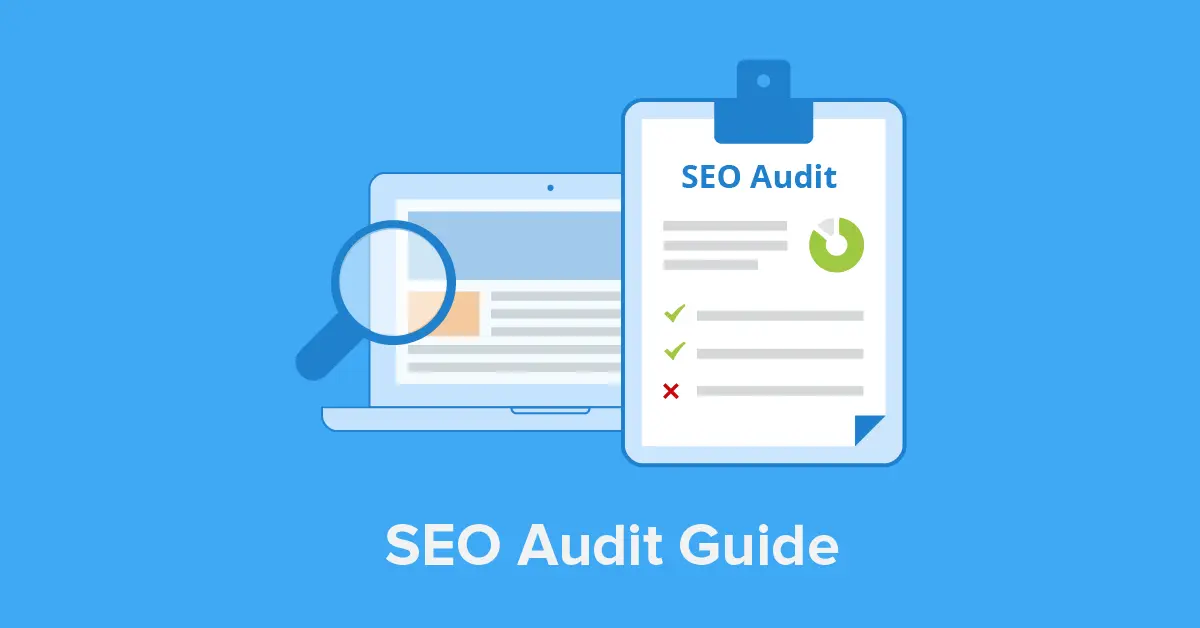
In the dynamic realm of digital marketing, ensuring your website ranks prominently on search engine results pages (SERPs) is paramount. One of the most effective strategies to achieve this is through a meticulous technical SEO audit. This process involves a comprehensive evaluation of various technical aspects of your website to identify and rectify any issues that might hinder its search engine performance. In this blog, we'll delve into the significance of utilizing a technical SEO audit checklist, providing clear instructions for each step to enhance your website's visibility and ranking.
Why use a technical SEO checklist?
Before embarking on the journey of optimizing your website for search engines, it's crucial to understand why utilizing a technical SEO checklist is indispensable.
Here are some compelling reasons:
- Identifying Issues: A Technical SEO Audit Checklist serves as a structured framework to systematically identify and address potential issues that could impede your website's performance on search engines.
- Enhancing User Experience: By ensuring technical aspects such as website speed, mobile-friendliness, and crawlability are optimized, you provide visitors with a seamless and enjoyable browsing experience, leading to higher engagement and conversions.
- Boosting Search Engine Rankings: Addressing technical issues uncovered during the audit can significantly improve your website's visibility and ranking on SERPs, driving organic traffic and maximizing your online presence.
- Staying Ahead of Competitors: Regularly conducting technical SEO audits using a checklist enables you to stay ahead of competitors by proactively identifying and implementing optimization strategies, ensuring your website remains relevant and competitive in the ever-evolving digital landscape.
Now that we understand the importance of utilizing a technical SEO checklist, let's delve into the step-by-step process to conduct a thorough audit.
Step-by-Step Technical SEO Audit Checklist
Website Structure and Navigation
- Evaluate the structure of your website, ensuring it is organized logically and facilitates easy navigation for users and search engine crawlers.
- Check for broken links and redirects, ensuring a smooth user experience and preserving link equity.
- Verify the presence of a sitemap.xml file and submit it to search engines for efficient indexing of your website's pages.
Mobile-Friendliness
- Assess the responsiveness of your website across various devices and screen sizes, prioritizing a seamless user experience on mobile devices.
- Use Google's Mobile-Friendly Test tool to identify any issues and implement responsive design principles to optimize usability.
Page speed optimization
- Analyze your website's loading speed using tools like Google PageSpeed Insights or GTmetrix.
- Optimize images, minify CSS and JavaScript files, leverage browser caching, and utilize Content Delivery Networks (CDNs) to improve page loading times.
Technical SEO Factors
- Conduct a thorough review of on-page elements such as title tags, meta descriptions, heading tags, and URL structures, ensuring they are optimized for relevant keywords and provide clear context to search engines.
- Check for duplicate content issues and implement canonical tags to consolidate duplicate URLs and avoid potential penalties from search engines.
Crawlability and indexability
- Use tools like Google Search Console to identify crawl errors and ensure search engine spiders can access and index all important pages of your website.
- Implement robots.txt directives to control which pages search engines can crawl and index, prioritizing valuable content while excluding irrelevant or sensitive information.
Schema Markup Implementation
Integrate structured data markup using Schema.org vocabulary to provide search engines with additional context about your website's content, enhancing the likelihood of rich snippets and improving visibility in SERPs.
Conclusion
In conclusion, conducting a technical SEO audit using a structured checklist is indispensable for optimizing your website's performance, enhancing the user experience, and maximizing visibility on search engine results pages. By following the step-by-step instructions outlined in this blog, you can identify and address technical issues effectively, ensuring your website remains competitive in the ever-evolving digital landscape. Invest in regular technical SEO audits to stay ahead of competitors and achieve long-term success in your online endeavors.
What to read next

